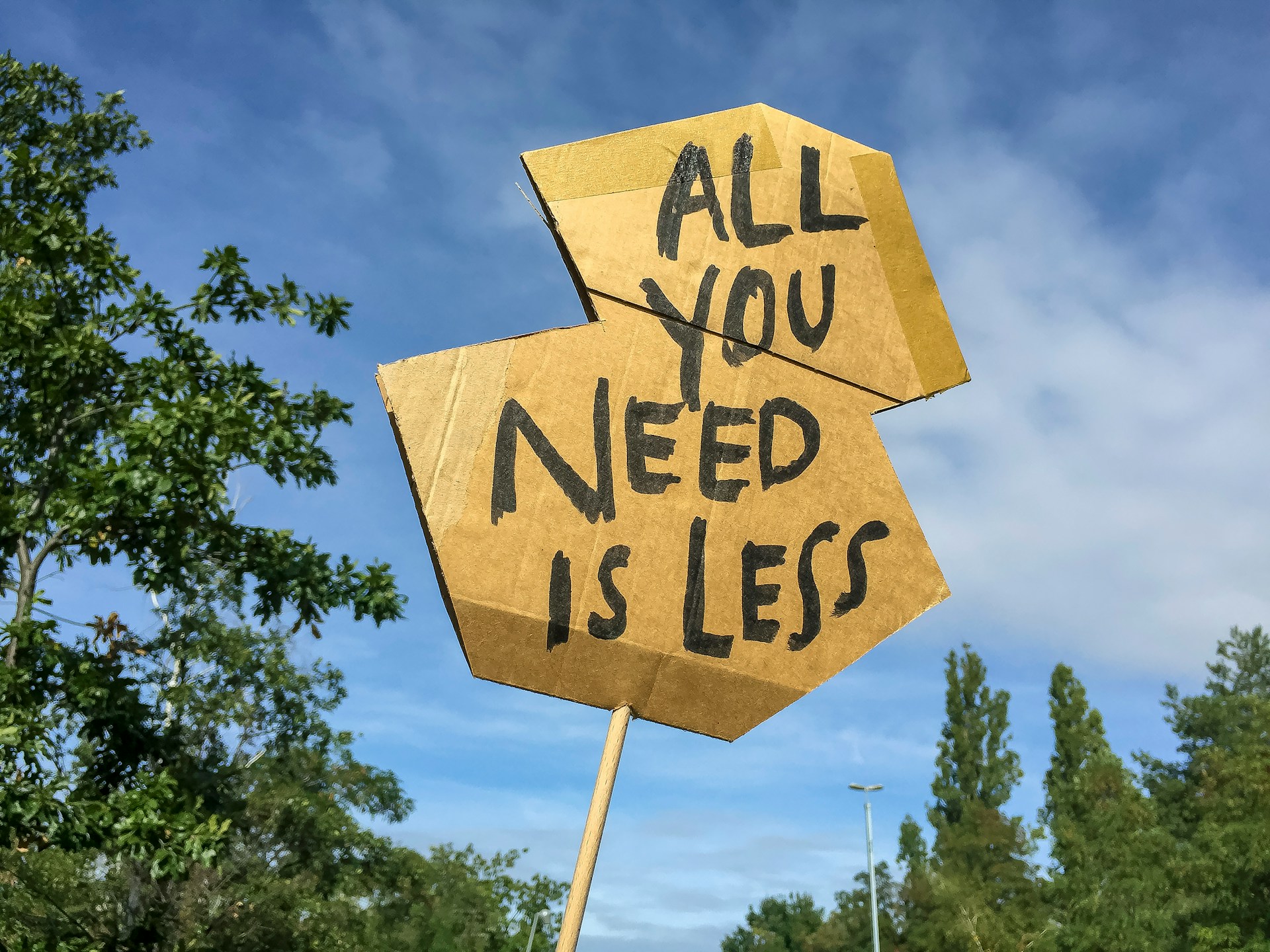Introduction
As the world becomes increasingly concerned about climate change, more and more people are looking for ways to reduce their carbon footprint. Two popular methods of doing so are through the use of carbon credits and carbon offsets. While these terms are often used interchangeably, they actually refer to different things. In this blog post, we'll explore the difference between carbon credits and carbon offsets, and how they can be used to combat climate change.
Carbon Credits
Carbon credits are a way for individuals or companies to invest in projects that reduce greenhouse gas emissions. When a company invests in a project that reduces emissions, such as a renewable energy project or a reforestation project, they receive a certain number of carbon credits. These credits can then be sold on the carbon market. Other companies can purchase these credits and use them to offset their own emissions. In this way, carbon credits create a financial incentive for companies to reduce their emissions.
Carbon Offsets
Carbon offsets, on the other hand, are a way for individuals or companies to offset their own greenhouse gas emissions. When someone purchases a carbon offset, they are essentially paying for someone else to reduce emissions on their behalf. This might involve investing in a renewable energy project or a reforestation project. The idea is that by offsetting their own emissions, individuals and companies can reduce their carbon footprint and contribute to the fight against climate change.

The Difference
So what's the difference between carbon credits and carbon offsets? The key difference is in who benefits from the investment. With carbon credits, the company investing in the project receives the credits and can sell them on the carbon market. With carbon offsets, the individual or company purchasing the offset is the one who benefits, by offsetting their own emissions. Both carbon credits and carbon offsets can be effective ways to reduce greenhouse gas emissions and combat climate change, but they work in slightly different ways.
Conclusion
In conclusion, carbon credits and carbon offsets are two methods of reducing greenhouse gas emissions and combating climate change. Carbon credits involve investing in projects that reduce emissions, while carbon offsets involve offsetting one's own emissions by investing in similar projects. While the terms are often used interchangeably, it's important to understand the difference between the two. By using both carbon credits and carbon offsets, we can all play a role in reducing our carbon footprint and protecting the planet for future generations.
Take Action with Decarbon
Join the fight against climate change by using Decarbon, the app that helps you reduce your carbon footprint and track your progress. With Decarbon, you can easily calculate your carbon footprint, set goals to reduce it, and track your progress over time. Decarbon works for both individuals and businesses.

By using Decarbon, you can also purchase carbon credits to offset your carbon footprint and support verified and certified projects that reduce carbon emissions. With every purchase, you are contributing to the fight against climate change and making a positive impact on the environment and society.
Download Decarbon today and start taking action to reduce your carbon footprint. Together, we can make a difference.
More wikis


























